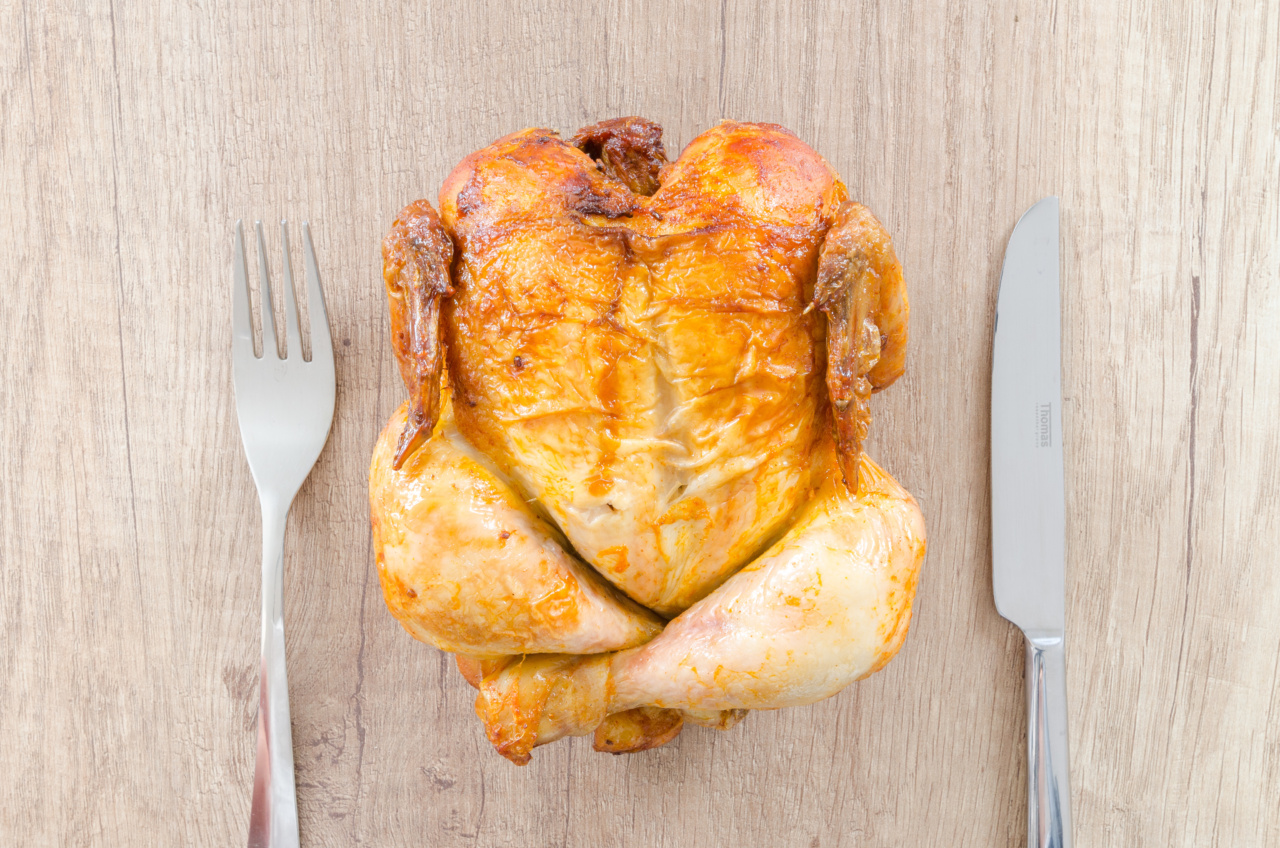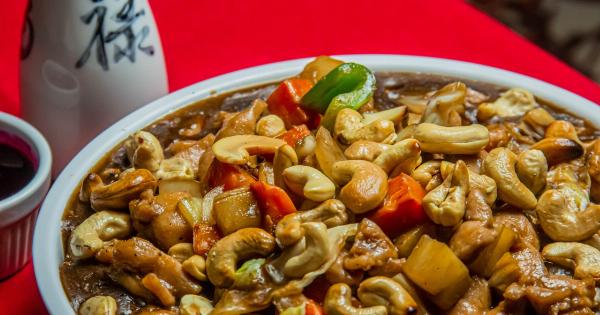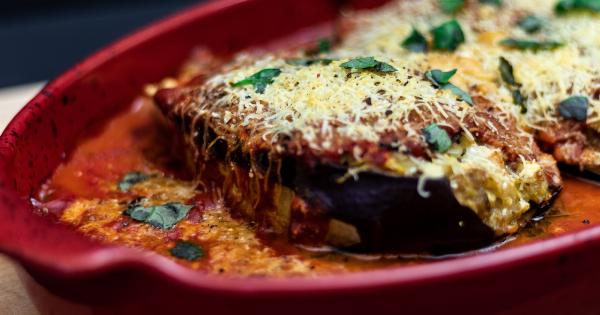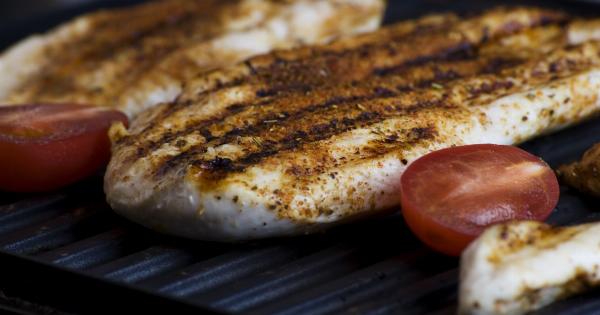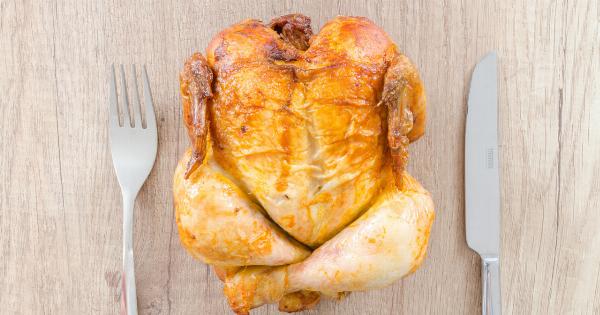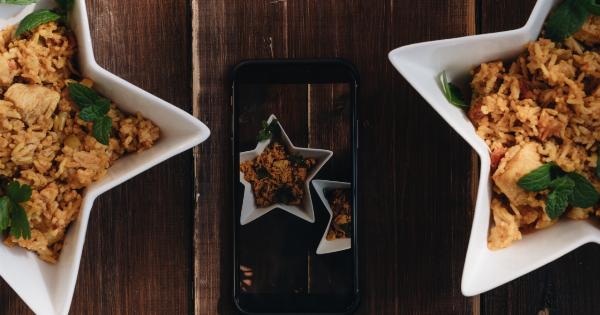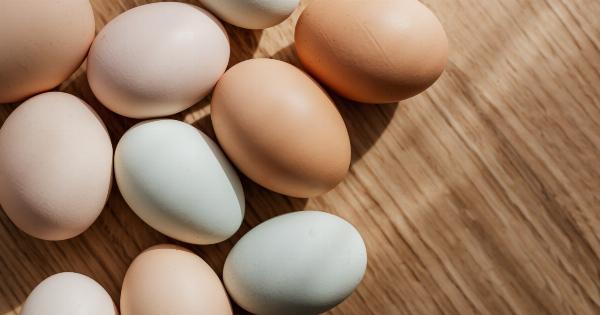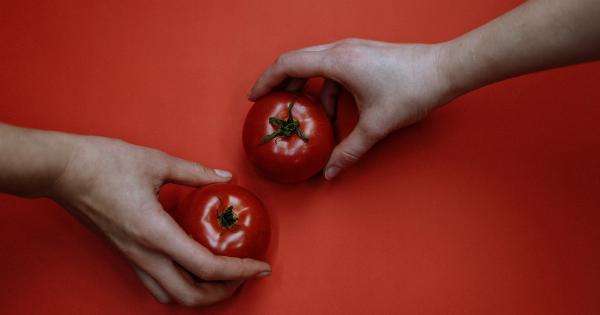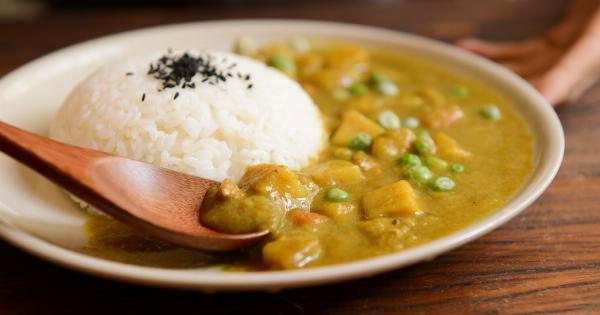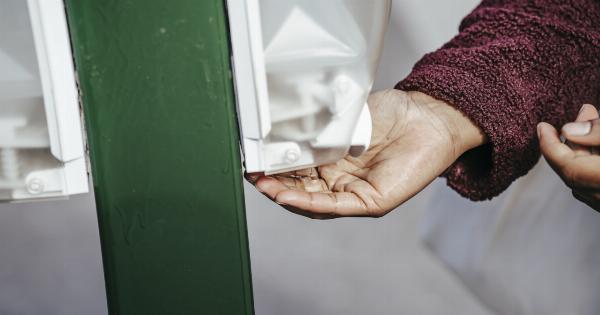Chicken is a versatile and widely consumed meat, known for its lean protein content and delicious taste. However, it is crucial to ensure that chicken is properly cooked to eliminate any potential harmful bacteria and guarantee food safety.
Why is cooking chicken to the right temperature important?
Cooking chicken to the correct temperature is vital because it destroys harmful bacteria, such as Salmonella and Campylobacter, that can cause foodborne illnesses.
These bacteria reside in raw poultry, and if not killed through proper cooking, can lead to severe gastrointestinal issues, including vomiting, diarrhea, abdominal pain, and fever.
What is the recommended internal temperature for cooked chicken?
The minimum recommended internal temperature for safely cooking chicken is 165°F (74°C) throughout the thickest part of the meat. At this temperature, all harmful bacteria are destroyed, ensuring the chicken is safe to consume.
Methods to check the internal temperature of cooked chicken
There are a few simple and reliable methods to check if chicken has reached the minimum internal temperature:.
1. Meat thermometer:
Using a meat thermometer is the most accurate way to determine the internal temperature of chicken. Insert the probe into the thickest part of the meat without touching the bone. Once the temperature reaches 165°F (74°C), the chicken is safe to eat.
2. Color and texture:
While not as reliable as a meat thermometer, properly cooked chicken should have no pink color inside the meat and the juices should run clear. The texture should be firm and not rubbery.
3. Cooking time:
Although cooking time can vary based on factors such as the size and thickness of the chicken, reaching an internal temperature of 165°F (74°C) is a good indicator that the meat is cooked through.
However, relying solely on cooking time is not recommended, as it can lead to undercooking or overcooking.
Common misconceptions about cooking chicken
There are several misconceptions about cooking chicken that need to be addressed:.
1. Cooked chicken will always be dry:
While overcooking chicken can result in dryness, properly cooked chicken can be juicy and flavorful. Using appropriate cooking methods and not overcooking the meat will prevent dryness.
2. Only the color of the meat matters:
While the absence of pink color in cooked chicken is a good indicator, relying solely on color can be misleading. Using a meat thermometer to check the internal temperature is the most foolproof method to ensure safety.
Safe handling and storage of chicken
In addition to cooking chicken to the correct internal temperature, safe handling and storage are essential to prevent the growth of harmful bacteria:.
1. Washing hands and surfaces:
Always wash your hands thoroughly with soap and warm water before and after handling raw chicken. Additionally, clean and sanitize any surfaces or utensils that come into contact with raw poultry to avoid cross-contamination.
2. Separate raw and cooked chicken:
Prevent cross-contamination by keeping raw chicken separate from other foods, especially those that won’t be cooked before consumption. Use separate cutting boards and utensils for raw and cooked chicken to avoid any potential bacterial transfer.
3. Refrigeration and freezing:
Refrigerate or freeze chicken promptly after purchase to slow down bacterial growth.
Keep it wrapped securely and store it in a sealed container on the bottom shelf of the refrigerator to prevent any potential drips or leaks from contaminating other foods.
Conclusion
When it comes to cooking chicken, the minimum recommended internal temperature is 165°F (74°C) to ensure food safety and eliminate any harmful bacteria.
Using a meat thermometer is the most reliable method to determine if the chicken has reached the appropriate temperature. Safe handling and proper storage practices are equally important to prevent cross-contamination and maintain food freshness. By following these guidelines, you can enjoy delicious, safely cooked chicken without worrying about foodborne illnesses.
